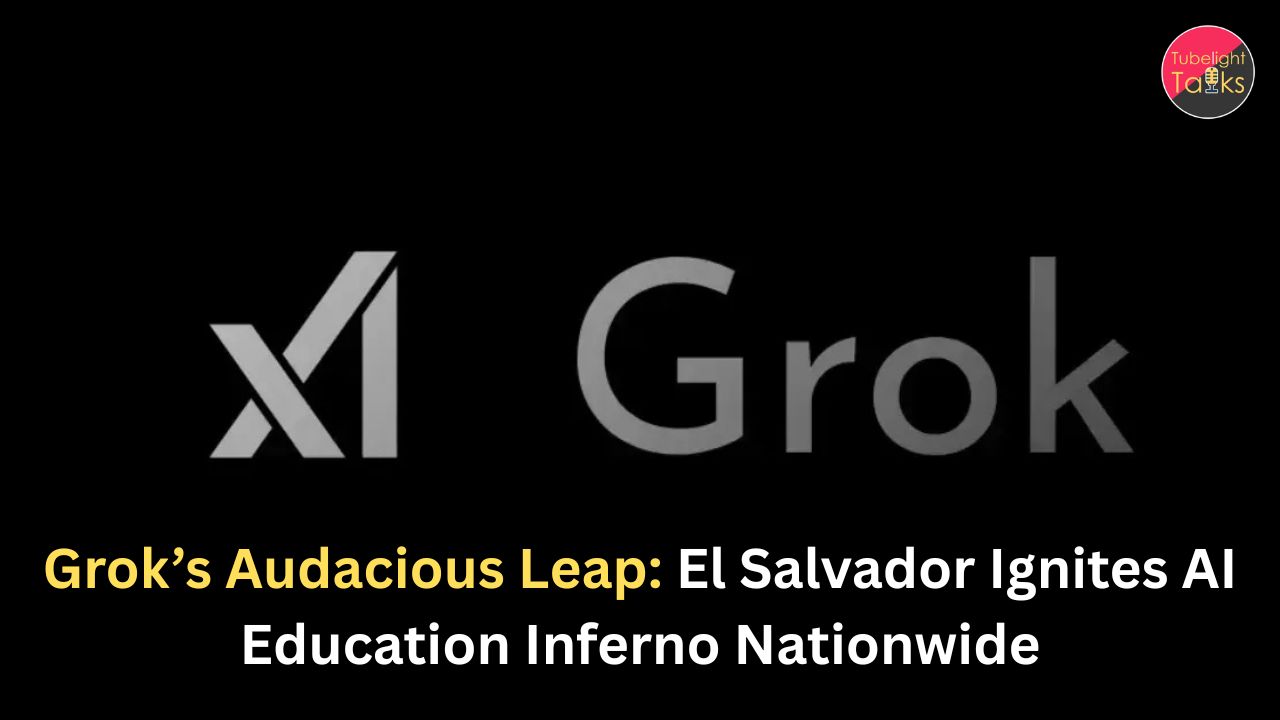India in 2026 stands at a critical juncture in its ambitious journey toward Viksit Bharat 2047 — the vision to transform the nation into a developed country by its centennial year of independence. Backed by strong economic indicators and expansive policies centered on inclusiveness, innovation, and sustainability, India’s path toward long-term national transformation is gaining powerful momentum.
This article evaluates the milestones achieved, ongoing challenges, and strategic priorities shaping India’s realization of Viksit Bharat.
The Vision and Strategic Pillars of Viksit Bharat
Viksit Bharat 2047 aspires to forge a self-reliant, prosperous India marked by a $30-40 trillion economy, improved per capita income, comprehensive infrastructure, strong governance, and environmental sustainability.
The vision rests on four pillars: empowering youth, uplifting the poor, advancing women, and supporting farmers. Key focus areas include education, healthcare, manufacturing, digital transformation, and green energy.
Economic Growth and Macroeconomic Indicators
India is projected to grow towards a $5 trillion economy by 2026-27 with anticipations of crossing $7 trillion by 2030. Inflation control, export expansion, and investment in sunrise sectors like renewable energy, technology, and manufacturing are pivotal.
The government’s infrastructure push—with projects spanning highways, ports, smart cities, and digital networks—is designed to fuel productivity and job creation.
Social Inclusion and Empowerment Initiatives
Welfare schemes enhancing direct income transfers, healthcare access (e.g., PMJAY), skill development, and rural infrastructure have expanded coverage and reduced inequalities. Special emphasis on marginalized communities and gender-sensitive programs upgrade social equity. Corporate governance, financial inclusion, and digital identity frameworks play complementary roles.
Sustainability and Environmental Governance
India’s commitment to climate action is reflected in accelerated renewable energy capacity, electrification, green technological adoption, and policy reforms promoting circular economy principles.
Conservation efforts and disaster resilience programs align with global sustainable development goals, marking India’s dual focus on growth and environment.
Challenges and Roadblocks
Areas requiring intensified focus include reducing regional disparities, improving quality of governance, bridging urban-rural digital divides, enhancing workforce skills, and addressing environmental degradation. Transparency, accountability, and citizen participation remain crucial for sustained progress.
Experts’ Perspectives
Policy analysts and economic think tanks widely acknowledge India’s steady trajectory but caution the need for calibrated policy implementation, institutional reform, and skill enhancement to meet Viksit Bharat’s lofty ambitions. Embracing innovation and public-private collaboration is deemed essential.
A Moral Compass for Development
Sant Rampal Ji Maharaj’s Satgyan advocates progress founded on truth, righteousness, and justice, reinforcing that sustainable development must align with ethical governance and societal well-being. Viksit Bharat embodies this ethos by aiming for inclusive prosperity and harmony between modern aspiration and cultural values.
Key Facts
- Target economy size of $30-40 trillion by 2047 with elevated per capita income.
- Infrastructure upgrades across physical and digital sectors driving growth and connectivity.
- Expansion of social welfare schemes broadening inclusivity and empowerment.
- Emphasis on green energy and climate-resilient development aligns with SDGs.
- Youth, women, farmers, and poor prioritized in socio-economic policies.
FAQs: Viksit Bharat 2047 & India in 2026
1. What is Viksit Bharat 2047?
The Government of India’s vision to transform the nation into a developed country by its 100th year of independence.
2. What are the key focus areas of this vision?
Economic growth, infrastructure, social inclusion, sustainability, and good governance.
3. How is India performing on economic targets in 2026?
Projections show steady growth approaching $5 trillion, with expansions in exports and manufacturing.
4. What challenges does India face in achieving Viksit Bharat?
Regional inequality, governance quality, digital divides, and environmental sustainability remain concerns.
5. How does Viksit Bharat align with global sustainable development?
It incorporates climate action, green energy targets, and inclusive welfare consistent with SDGs.
2026 India Poised to Viksit Bharat 2047
India in 2026 is poised on a promising trajectory toward realizing Viksit Bharat 2047. While substantial gains have been recorded in economic and social domains, achieving the full vision demands sustained commitment, innovation, and ethical stewardship.
The nation’s collective resolve and strategic initiatives hold the potential to transform India into a prosperous, equitable, and environmentally resilient developed country by its centenary – a true Viksit Bharat.










